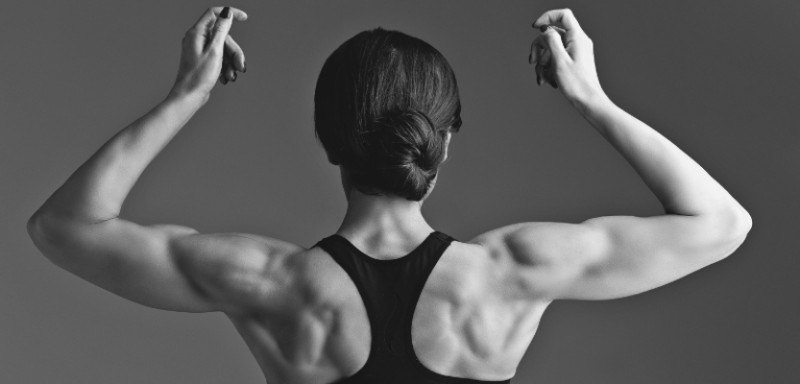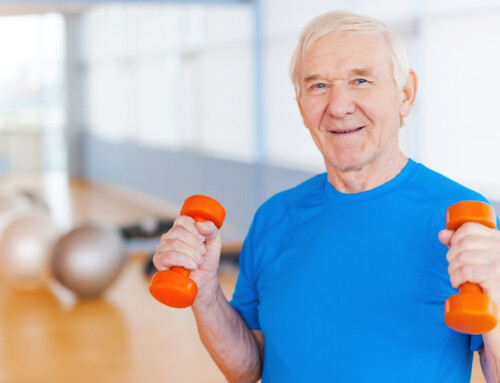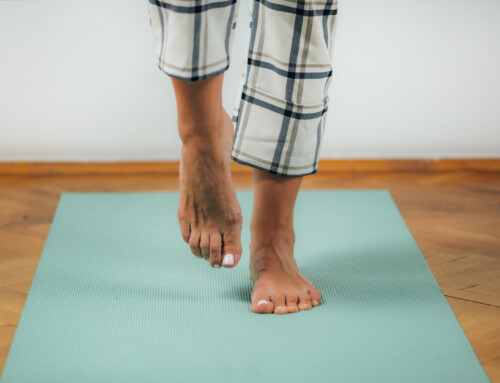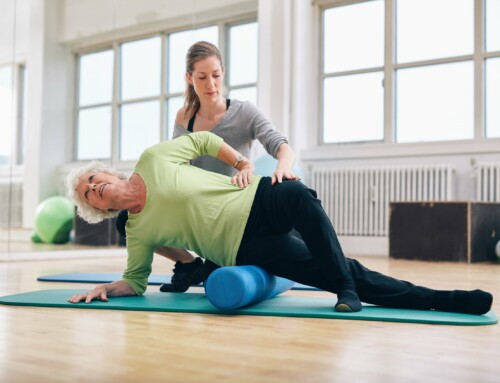By: Jenson Little, SPT
Did you know that your body has two different kinds of muscles? If you’ve heard of fast-twitch and slow twitch muscles, those are not what I am about to speak of. I’m here to talk about the two vastly separate ways different muscles can help you function.
Stabilizers v.s. Prime Movers
The first type of muscle is called the Prime Mover. Some muscles that are prime movers include your biceps/triceps (arm muscles), Pecs (chest muscles) and quadriceps (upper thigh muscles). These muscles are large and are built to produce a large amount of force in order to create movement. These are the muscles you usually train at the gym.
The second kind of muscle is referred to as a Stabilizer. As the name implies, these muscles are built to stabilize your joints as you move. They are typically smaller, deeper muscles that go unnoticed when you are training at the gym.
The importance of training stabilizers:
It is important to train stabilizer muscles in order to remain injury free and prevent physical dysfunction. Here are some applications that are all too common:
The scapular muscles (The muscles in your middle/upper back), are meant to maintain proper positing of your shoulder joint. If these muscles are not trained, and the pec (chest muscles) become too tight, an individual is likely to develop forward rounding shoulders. This posture is commonly seen in those with shoulder pain.
The core muscles are meant to stabilize your mid-section. Many individuals become unbalanced in their core and develop overactive lower back muscles, and weak abdominals (stomach muscles). This is a common pattern seen in individuals experiencing low back pain.
Your abductors (muscles of the hip that move the leg away from the midline) are essential for many functions in daily life. They are the muscles that help keep your pelvis stable as you walk, and prevent your knees from buckling in when you sit or squat. Hip and knee pain can commonly be (in part) attributed to weak abductors.
So how do I train my stabilizers?
There are various ways you can exercise and train stabilizer muscles.
You can isolate them.
As mentioned above, the stabilizer muscles are not typically meant to cause movements at the joints. For this reason, three sets of ten may not be the best route for training these muscles. It is more important to use these muscles to resist movement, so three repetitions of a 10 second hold would be more suitable. Keep in mind that the stabilizers are small muscles, so you should not be using large weights for these exercises.
Focus on form
Start light! If you are unable to maintain good form while exercising, you risk injuring yourself. It may be time to decrease the weight and focus on your mechanics. Focusing the example of a squat, keeping your spine neutral allows you to engage your abdominals, while keeping your knees tracking over your toes instead of allowing them to buckle will allow you to engage your hip abductors.
Add variety!
Using dumbbells instead of machines forces you to engage your stabilizers during your program. Additionally, wobble-boards, medicine balls, and body-blades are other great tools you can use to engage your stabilizers.
The therapists at Capital Area PT and Wellness work with you to ensure you are maximizing function as you move. Doctors Andrew J Gaetano, PT, DPT, OCS, CSCS and Evan J Marsh, PT, DPT can provide professional sports screening and injury prevention. Contact them at their Saratoga / Malta or Queensbury / Glens Falls PT clinics for more information.






